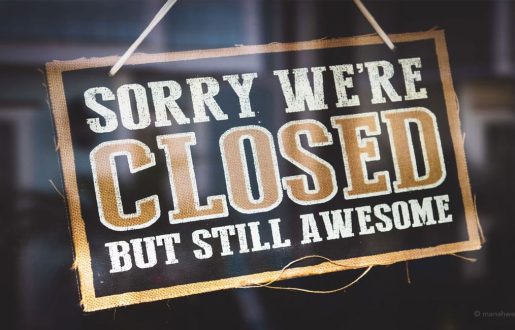A startup runway or cash runway of a business essentially denotes the length of time it can continue to operate at its current rates of expense and income. Once the runway ends, the startup ceases operation due to a lack of funds because it can no longer afford to run at a loss. The concept of creating an unlimited runway to ensure a business venture’s survival and continued operation rests on the age-old business concept of breaking even (ROI).
However, in this case, it is about reaching the point where the cash flows (incoming and outflowing cash) break even and then steer the operational balance to maintain an average cash flow that stays positive. Many factors can influence the longevity of a runway, but they all revolve around the cash burn rate. In simple terms, dividing your total cash reserve by your cash burn rate gives you the length of your runway.
Thus, everything you do to turn your cash flow positive will contribute towards lengthening your cash runway by reducing the burn rate. When a constant positive cash flow replenishes your cash reserve at a rate faster than your burn rate, your runway becomes unlimited. Strategies to reduce the burn rate will include increasing revenue, closing loss-making revenue streams, deferring payables and expenses without harming operations, optimizing payroll, slashing inessential expenses, and promoting cash sales in every way possible.
Research done by CB Insights market intelligence platform on the top 20 reasons for startup failure has found that cash crunch was the second most significant reason for such failures. Around 29% of startups failed due to a cash crunch, even though their product or service did not lack market demand. That is why it is necessary to keep an eagle’s eye on the cash flow and burn rate and to judge and modify every factor to ensure a positive cash flow.Keeping in mind that most startups today go through multiple seeding rounds, CB Insights found an excellent burn rate was one where the runway could last 12-18 months, given that the median time lapse between Seed to Series A funding was 12 months and between Series A and Series B was 15 months. That’s a good rule of thumb. However, ultimately, we are aiming for an unlimited runway without external funding in between. For that, your entire strategy must prioritize reducing the cash burn rate while also ensuring a positive cash flow.




